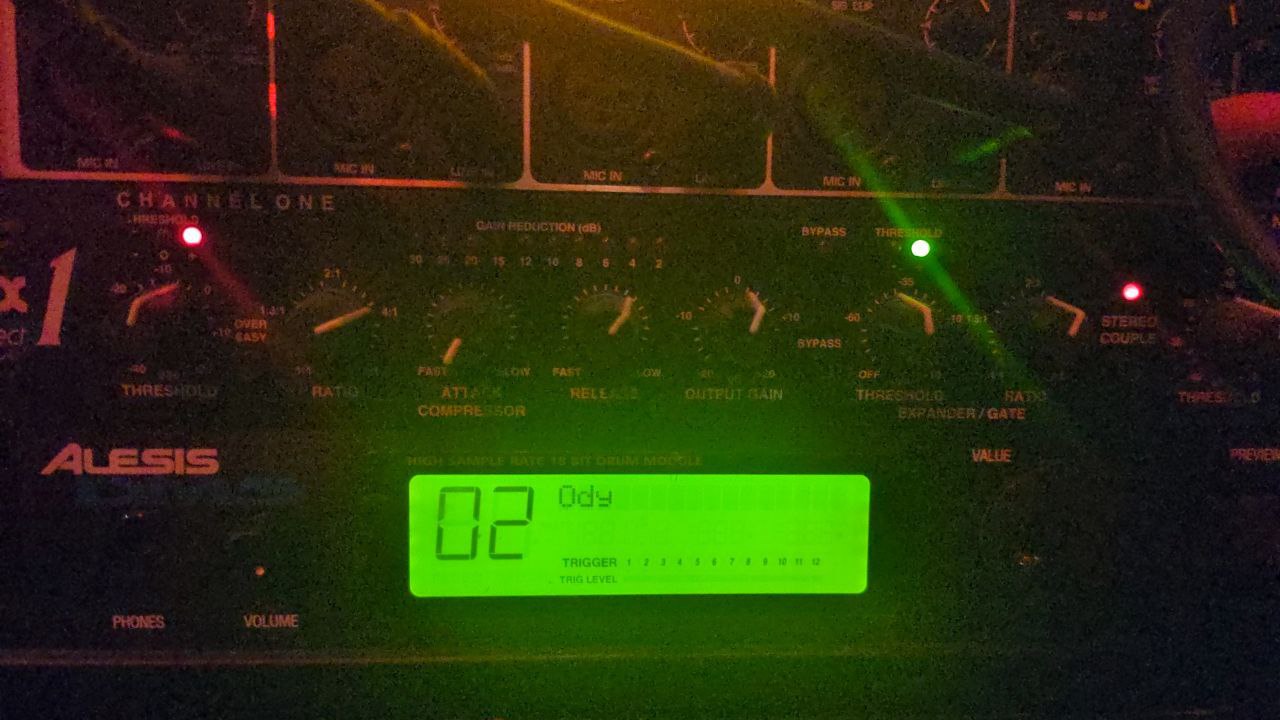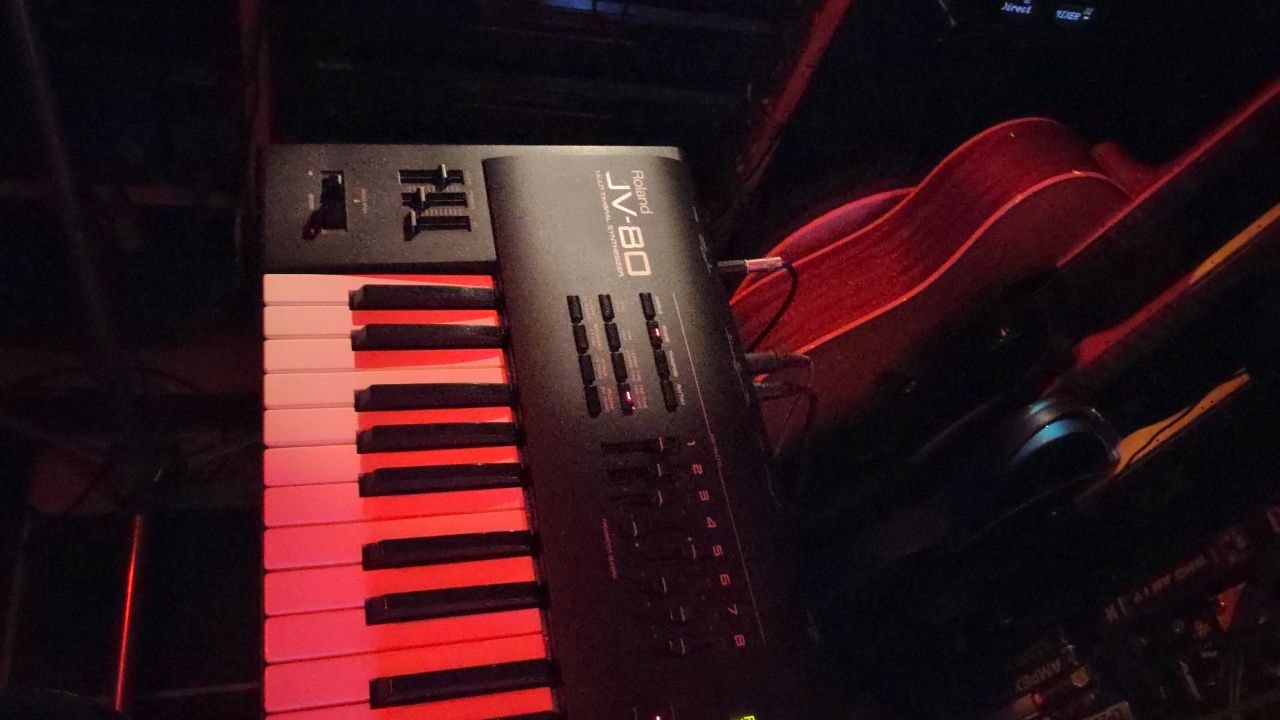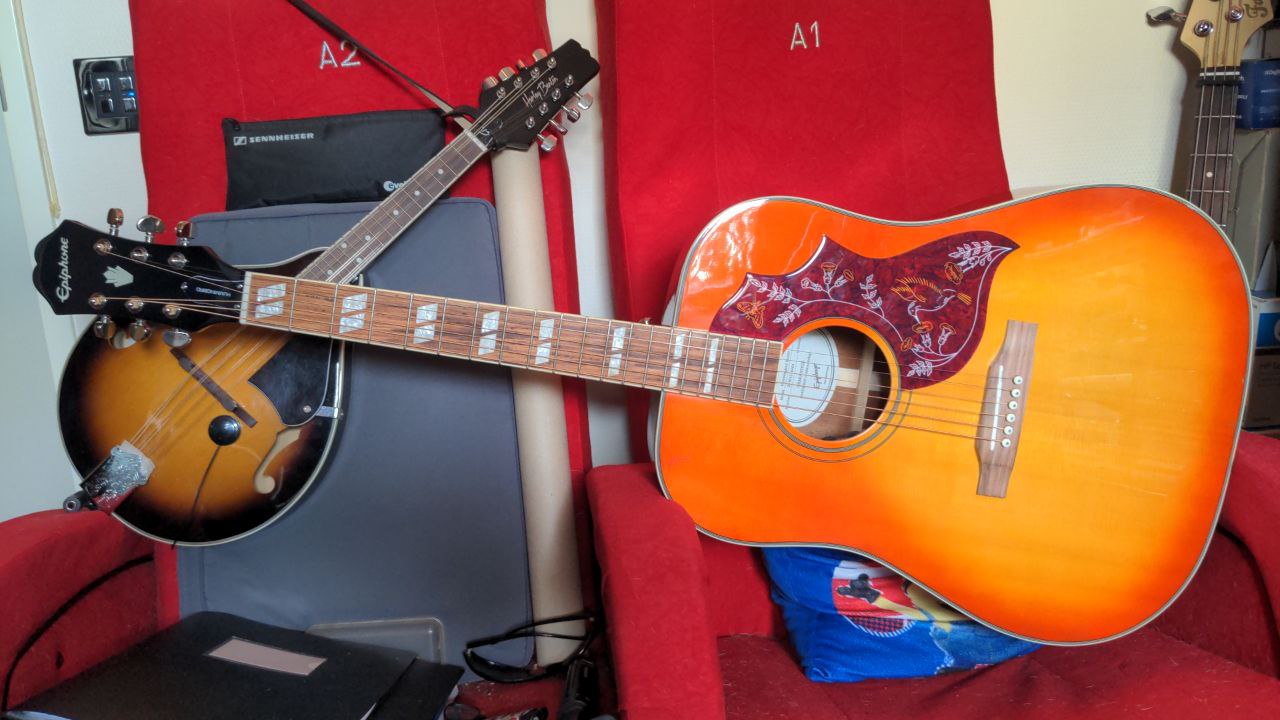
“I remember seeing an interview with Keef [Richards] where he explained how he tends to dislike any effects. The takeaway was that whatever you do, it should work on an acoustic. Once that works, you might be on to something. Less is more, in a way. I’m not a purist like him and of course a lot of our repertoire includes Jimmy Page, David Gilmour and other artists who extensively shape their tones with FX. Being a [sound] engineer, I try to avoid pedals where possible as they invariably introduce noise, impedance changes, extra patch leads and so on.”
While Pellie generally has his trusty BOSS pedal case with him, it’s surprisingly sparingly stocked; a RAT, a Tubescreamer, a Big Muff, a BOSS ML-2 and an RC-3 are the only contents. Instead, he relies on rack gear which helps him keep noise levels under control and work with presets and patches. “A pedal is never my first option, but when you want a TS or a RAT there’s just no alternative to me. I started out with a Roland GP-8 which I still use, but it lacked a few options and features I was looking for. After some time I managed to get a GX-700 cheap, which has become the core of most of any digital FX. I try to use as little as possible and almost nothing except EQ’ing during the production stage” he explained. “When possible, I prefer to go straight into an amp with maybe just a noise gate in front. My VOX gives me a nice reverb and a decent tremolo out of the box, and I prefer the simplicity. FX tend to distract me from the music itself, I find.”. He will, when pressed, buy and use pedals but these are typically only used for edge cases, like the talkbox he bought for Rocky Mountain Way. “There’s just no way to do that track without a heavy wah or better a talkbox like what Joe had. I’m not much of a wah man, and I do have a soft spot for gimmicks”.



